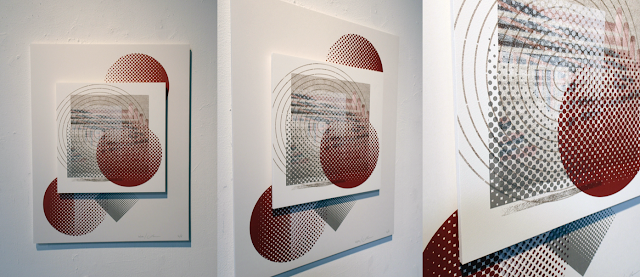the gateway fish Spotted Bay Bass
Time is not on my side as I race the setting sun. I’ve been cooped up all day at work and now I’m battling heavy Southern California traffic. I frantically weave my Jeep around slower cars that are trying to merge in front of me from several Interstate arteries. I exit toward the beach, roll down my window, and take a slow deep breath of calming salt air. My mindset shifts to fishing.
I only have about an hour of daylight left and I want to get bit so I decide to target some spotted bay bass, also called spotty or spotties. As the sun begins to dip below the horizon, the water reflects the fiery sky turning it into an oil slick swirl of colors. Everything is still except for a few white egrets hunting on the flats. It’s my favorite time of day, the “magic hour,” where smarter, bigger bass come out of their daytime hiding spots and start to cruise around freely. From my experience spotted bay bass tend to feed heavier at first light and sunset because they have two types of light sensitive cells in the retina called rods and cones. This gives them a major advantage over bait fish, or forage fish, that only have cones, which makes it very difficult for them to see in low light and nighttime conditions. The eyes of a predator bass, can adjust faster to the change in light than a bait fish giving them the upper hand during these transitional times of day when the sun is rising and setting. After dusk into the night, bass continue to hunt the vulnerable inactive bait fish. The spotted bass’s nighttime vision is basically black and white so an all black lure gives the predator the best profile to target. Sure, you can catch bass at anytime of day but this is when I’ve found them to be the most active.
As I climb down the rocky bank to the water, I notice some exposed eel grass. With the tide heading out I tie on a weedless swimbait, take a long cast up current, and begin a slow retrieve anticipating the bass following my lure back to the shoreline. It’s almost dark now and all my senses are heightened. I can feel every blade of eel grass as my lure passes over it. I envision this stealth predator waiting to ambush its prey, its spotted camouflage stripes blending perfectly into the eel grass like the dark stripes of a tiger masking its silhouette as it slowly stalks its prey through tall grass. I’m cranking the reel methodically when suddenly my swimbait gets slammed. The hit is so hard it shoots up my rod like lighting as the bass rips line out. The thrill of that first bump, hit, and initial hook up never gets old. That’s how I ended up addicted to chasing bass down as often as possible. In my eyes, pound for pound, spotted bay bass fight harder than other bass in their class. Battling an average 1–3 pound spotty on light tackle can be really exciting. Like all fishing, though, there are always going to be days that are slow but generally speaking when you target spotted bay bass you’ll catch a higher number fish, which is super satisfying. This species of bass is primarily targeted as catch and release. So in this time of prevalent digital media, when you document and post your personal best catches make sure not to reveal any recognizable landmarks in your photos or your favorite spots might become pressured by other anglers.
When I was learning how to fish this Southern California fishery, I devoted 5 years to exclusively fishing spotted bay bass. It was the perfect game fish to hone my skills and techniques while experimenting with different types of lures and retrieves. Then I transferred what I learned in the bays and stepped it up to the kelp beds for a bigger class of bass like calicos. The other great thing about these spotted bay bass is that you can take your general knowledge of fresh water bass fishing and use those same techniques and lures in saltwater. Lures, like swimbaits, creature baits, grubs, slugs, spinner baits, crank baits, and umbrella rigs, all work in different scenarios. In essence bass are bass no matter how you slice it. Spotted bass are ambush predators and eat a wide variety of bait fish in the bay, like sardines, smelt, grunion, mackerel, red tuna crabs, razor clams, and ghost shrimp. When bass are feeding heavily and you catch one, a lot of times they cough up what they were just eating, so take note and match the hatch.
It’s a good idea to document the fish you catch in a field notes journal and look for similar patterns that you can replicate for future fishing excursions. For me it’s more about the science and process leading up to the hunt, knowing when to go and how to read the conditions. The reward is making a perfectly placed cast and, after an intense fight, landing a beautiful fish. When all that comes together it satisfies my obsession for the day but leaves me craving more and already making plans for the next adventure. ~photos & words Scott Wyss
































